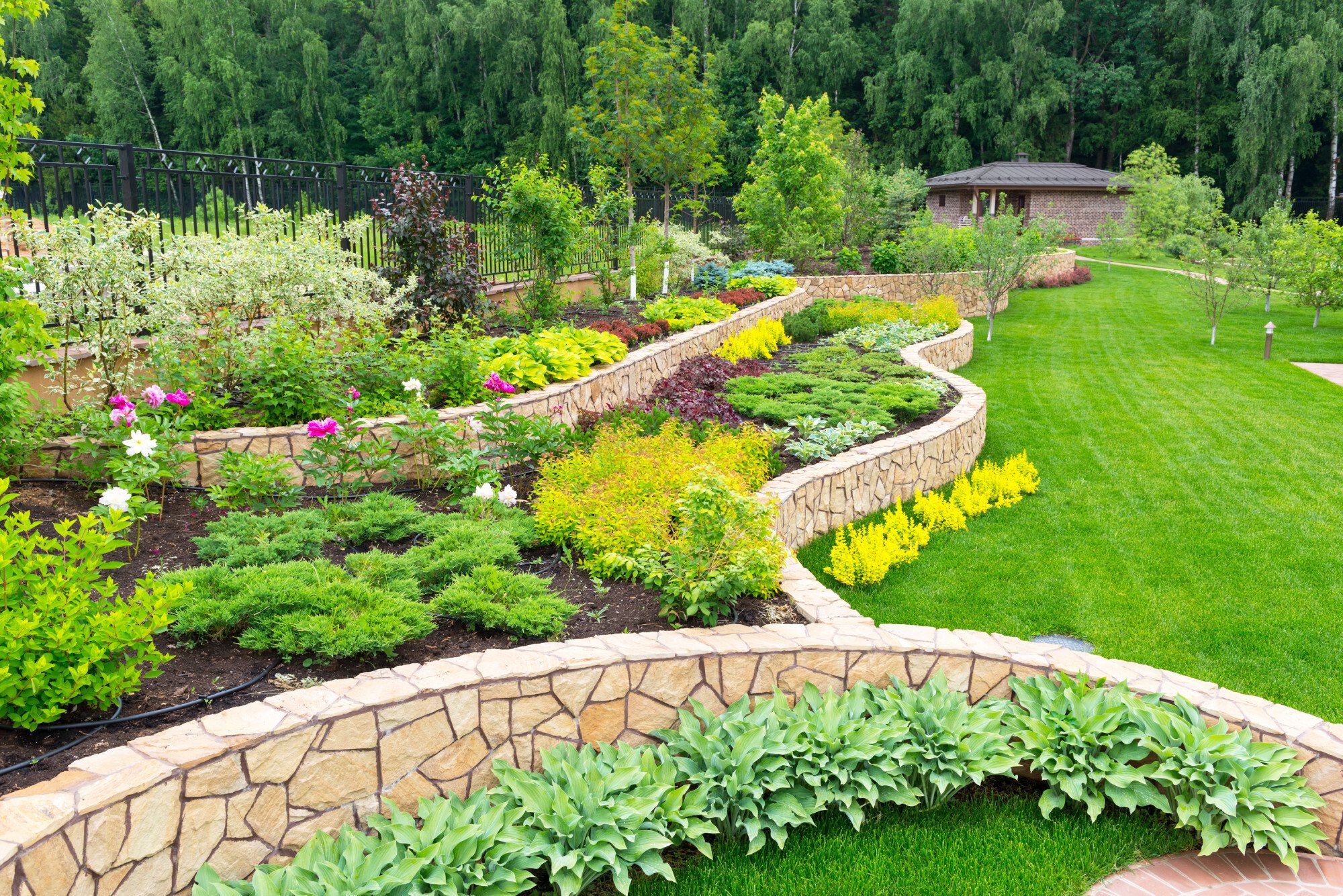Landscape Design - How to Create a Visually Appealing Yard

The process of landscape design begins by determining the needs of the user and the conditions of the site. A landscape designer uses principles of proportion, order, repetition, and unity to organize the hardscape and plants. These principles describe the visual weight of certain elements, including the shape of a landscape, the view, and the rhythm of the elements. They are used as guidelines for creating an effective buckeye landscape design. Once the landscape design has been decided upon, the process moves to the selection of plants and other elements.
The landscape is an essential element of any property. It serves many functions, including softening spaces between buildings, providing pathways and spaces for people, water, and animals, and improving the overall environment. A properly designed landscape can attract people and increase the value of a property. A well-maintained landscape also adds to your personal well-being. Here are some strategies that will help you achieve the best results for your property. These strategies and tools will help you create the best landscape design.
Using multiple levels in a landscape is another effective way to create a beautiful garden. By using different elements in various parts of your yard, you'll create a visually pleasing outdoor environment that is both functional and attractive. To begin your outdoor design project, consider defining spaces through the use of different materials, changes in elevation, and form. Adding low garden walls and short hedges will help delineate these areas. You'll be able to use these elements to create a seamless connection throughout your landscape.
While a yard should be visually appealing no matter the season, the color scheme should reflect the time of day. During summer, bright sunlight will make colors appear more vibrant, while filtered light will make them appear subdued and diluted. Colors should highlight the more enduring elements in the yard, such as trees and rocks. To help make the decision easier, consider a color study. A color scheme shows you how much color you'll need and where.
To create a harmonious space, use a theme to guide your design. Use color, texture, and shape to guide your design. Use contrasting colors for accent plants and shrubs. For contrast, try mixing complementary colors or different textures to make the space more visually interesting. When selecting a color scheme, keep in mind the scale of the elements in your landscape. If the colors are too disparate, it will appear chaotic. Using color, form, and texture together will create a harmonious space.
Landscape architecture is an ancient art. There are written records from 4,000 B.C. that demonstrate the existence of gardens. Landscape architecture differs from other related fields in that it involves a broader range of factors. As well, it considers the climate, microclimate, topography, soils, vehicular access, lighting, and native plant habitat botany. Check out this post that has expounded more on this topic: https://en.wikipedia.org/wiki/Landscape_design.
